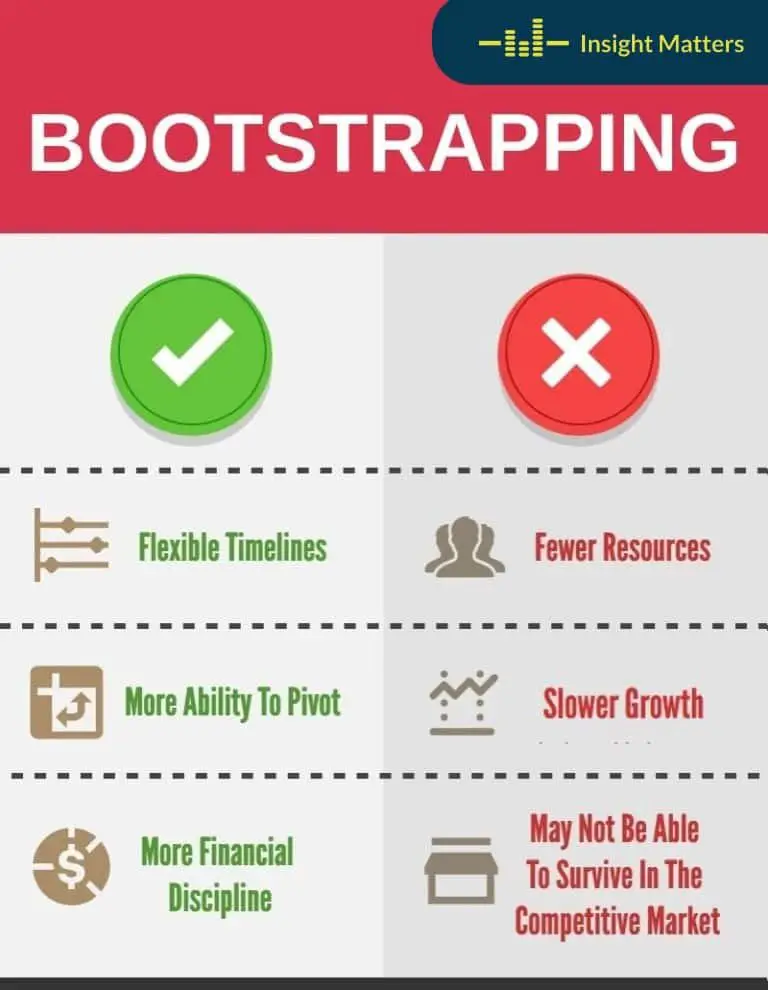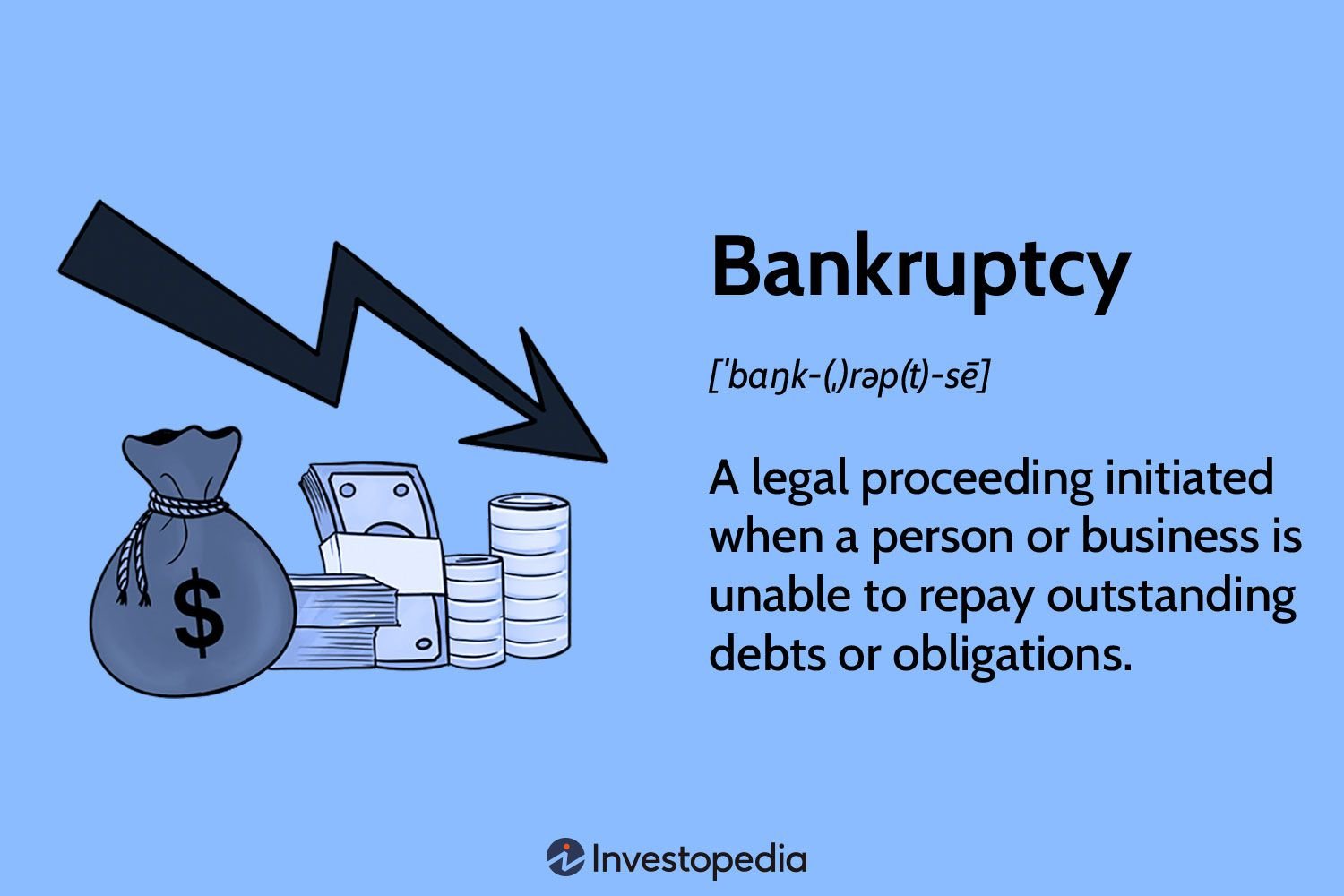Bootstrapping in startup funding is the art of launching and growing a business without relying on external investors or significant external funding. It’s like building a castle with the resources you have at hand, rather than waiting for a wealthy benefactor to come along. Bootstrapping enables entrepreneurs to take control of their destiny by leveraging their own savings, personal networks, and sheer determination. It’s a path that demands creativity, resourcefulness, and an unwavering belief in one’s vision. So, if you’ve been wondering what is bootstrapping in startup funding all about, get ready to explore this empowering approach to entrepreneurship. Welcome to the world of bootstrapping!
What is Bootstrapping in Startup Funding?
Starting a new business can be an exciting journey filled with endless possibilities. However, one major hurdle that every entrepreneur faces is securing funding. While there are various avenues to raise capital, bootstrapping is a unique approach that many startups choose. In this article, we will explore what bootstrapping in startup funding means, its advantages and disadvantages, and how entrepreneurs can make the most of this financing method.
Understanding Bootstrapping
Bootstrapping, in the context of startup funding, refers to the practice of self-funding a business venture using personal savings, revenue generated by the business, or other internal resources. Instead of relying on external investors or borrowing funds, bootstrapping allows entrepreneurs to maintain complete control over their company’s operations and decision-making processes.
Bootstrapping is often seen as a do-it-yourself approach to financing a startup. It requires entrepreneurs to be resourceful, frugal, and creative in utilizing the limited resources at their disposal. By relying on their own financial means, entrepreneurs can mitigate the risks associated with taking on debt or giving up equity in the early stages of their business.
The Advantages of Bootstrapping
Bootstrapping offers several benefits for startups, including:
- Complete Control: By self-funding the business, entrepreneurs retain full ownership and decision-making power, allowing them to build the company according to their vision without external interference.
- Flexibility: Bootstrapped startups have the flexibility to adapt and pivot quickly without seeking approval from investors or facing the pressure of meeting investor expectations. This agility can be crucial in the early stages of a business, where rapid adjustments and experimentation are often necessary.
- No Debt: Since bootstrapping doesn’t involve borrowing money, startups can avoid the burden of debt repayments, interest payments, or the need to pledge assets as collateral.
- Proof of Concept: By relying on their own funds, entrepreneurs can demonstrate the viability and profitability of their business model before seeking external funding. This can increase their chances of securing investments at a later stage when the business is more established.
- Strong Financial Discipline: Bootstrapping forces entrepreneurs to be resourceful and exercise financial discipline. It encourages them to focus on generating revenue, controlling costs, and finding innovative solutions within their means.
The Disadvantages of Bootstrapping
While bootstrapping can offer advantages, it also comes with its own set of challenges and limitations:
- Limited Resources: Bootstrapped startups often have limited financial resources, which can restrict their ability to invest in growth opportunities, hire top talent, or scale operations quickly.
- Slow Growth: Without significant external funding, the pace of growth for bootstrapped startups can be slower compared to those backed by venture capital or angel investors.
- Risk of Failure: Startups that rely solely on bootstrapping may face higher risks of failure, especially if they encounter unexpected expenses or economic downturns. Limited resources can make it challenging to weather difficult times.
- Lack of Expertise: Bootstrapping requires entrepreneurs to take on various roles and responsibilities, leading to potential gaps in expertise. Limited funds may hinder the ability to hire specialized professionals or consultants who could contribute to the business’s success.
Maximizing Bootstrapping Strategies
While bootstrapping is a lean approach to startup funding, there are strategies entrepreneurs can employ to make the most of their limited resources:
- Focus on Revenue Generation: Prioritize activities that generate revenue and offer a clear path to profitability. This might involve refining your pricing strategy, engaging in targeted marketing efforts, or exploring alternative revenue streams.
- Minimize Costs: Scrutinize expenses and identify areas where costs can be reduced without compromising the quality of your product or service. Look for cost-effective alternatives, negotiate favorable terms with suppliers, and avoid unnecessary expenditures.
- Embrace the Lean Startup Methodology: Adopt the principles of the lean startup methodology, such as building minimum viable products (MVPs), conducting regular customer feedback sessions, and iterating based on market response. This iterative approach can help you conserve resources while refining your product or service to meet customer needs.
- Seek Strategic Partnerships: Collaborate with complementary businesses or organizations to pool resources, share expenses, or access new markets. Strategic partnerships can provide opportunities for shared marketing initiatives, cost-sharing, or cross-promotion.
- Bootstrap with a Plan: Create a well-thought-out business plan that outlines your financial projections, milestones, and growth strategy. Having a clear roadmap can help you stay focused and make informed decisions about resource allocation.
Bootstrapping in startup funding can be a challenging but rewarding path for entrepreneurs. It requires resourcefulness, discipline, and a relentless pursuit of revenue generation. While bootstrapping may not be suitable for every business, it offers a valuable alternative to traditional financing methods. By understanding the advantages, disadvantages, and strategies for maximizing bootstrapping, entrepreneurs can make informed decisions about the best approach for their startup’s unique circumstances.
Startup Bootstrapping: Definition, Process, Pros and Cons
Frequently Asked Questions
Frequently Asked Questions (FAQs)
What is bootstrapping in startup funding?
Bootstrapping in startup funding refers to the process of starting and growing a business without external financial assistance or investment. It involves using personal savings, revenue from initial sales, or borrowing from friends and family to fund the startup operations.
How does bootstrapping differ from traditional funding methods?
Bootstrapping differs from traditional funding methods, such as seeking venture capital or angel investments, as it relies on the resources and finances of the entrepreneur themselves rather than external sources. It allows startups to maintain control over their business decisions and avoid diluting their ownership.
What are the advantages of bootstrapping?
Bootstrapping offers several advantages to startups, including:
– Independence and control over business decisions
– Flexibility in adjusting strategies and pivoting quickly
– No loan repayments or interest to worry about
– Stronger financial discipline and resourcefulness
– Potential for higher long-term profits and ownership stakes
Are there any downsides to bootstrapping?
While bootstrapping can be advantageous, it also presents certain challenges:
– Limited initial resources and slower growth potential
– Increased risk and personal financial liability
– Potential difficulty in scaling the business without external funding
– Time and effort required to generate sufficient revenue
– Potential strain on personal relationships due to borrowing from friends and family
Can bootstrapped startups eventually seek external funding?
Yes, bootstrapped startups can seek external funding in later stages of growth once they have a proven business model and traction in the market. By demonstrating their viability and potential for growth, they can attract investment from venture capitalists or angel investors.
What strategies can be employed for bootstrapping a startup?
Some common strategies for bootstrapping a startup include:
– Minimizing expenses and adopting cost-cutting measures
– Leveraging personal networks for free or discounted services
– Maximizing revenue through quick monetization and sales
– Reinvesting profits back into the business for growth
– Establishing strategic partnerships for mutual benefits
How can bootstrapped startups ensure financial sustainability?
To ensure financial sustainability, bootstrapped startups should focus on:
– Generating predictable and consistent revenue streams
– Maintaining a lean business model and efficient operations
– Regularly reviewing and adjusting financial goals and strategies
– Building a strong customer base and providing exceptional value
– Continuously monitoring and managing expenses to optimize resources
Which successful companies have bootstrapped their way to success?
Several well-known companies bootstrapped their way to success, including:
– Dell Inc.: Michael Dell initially started his computer business from his college dorm room, leveraging his innovative direct-to-consumer sales model.
– Mailchimp: The popular email marketing platform started as a side project and was bootstrapped by its founders until it gained significant traction.
– GitHub: This widely used software development platform was initially self-funded and sustained through revenue from premium subscriptions.
Remember, bootstrapping can be a viable option for startups, but it requires careful financial planning, resourcefulness, and perseverance.
Final Thoughts
Bootstrapping in startup funding refers to the practice of launching and operating a business without external investment or financial backing. Instead, entrepreneurs use their own resources, personal savings, and revenue generated by the business to fund its growth. By adopting bootstrapping strategies, startups aim to maintain control, maximize profitability, and reduce dependencies on external funding. Bootstrapping encourages resourcefulness, creativity, and efficient use of limited resources, allowing entrepreneurs to build sustainable businesses. It involves careful financial planning, lean operations, and prioritizing essential expenses. Bootstrapping in startup funding empowers entrepreneurs to take ownership of their journey and build successful ventures through self-reliance.



